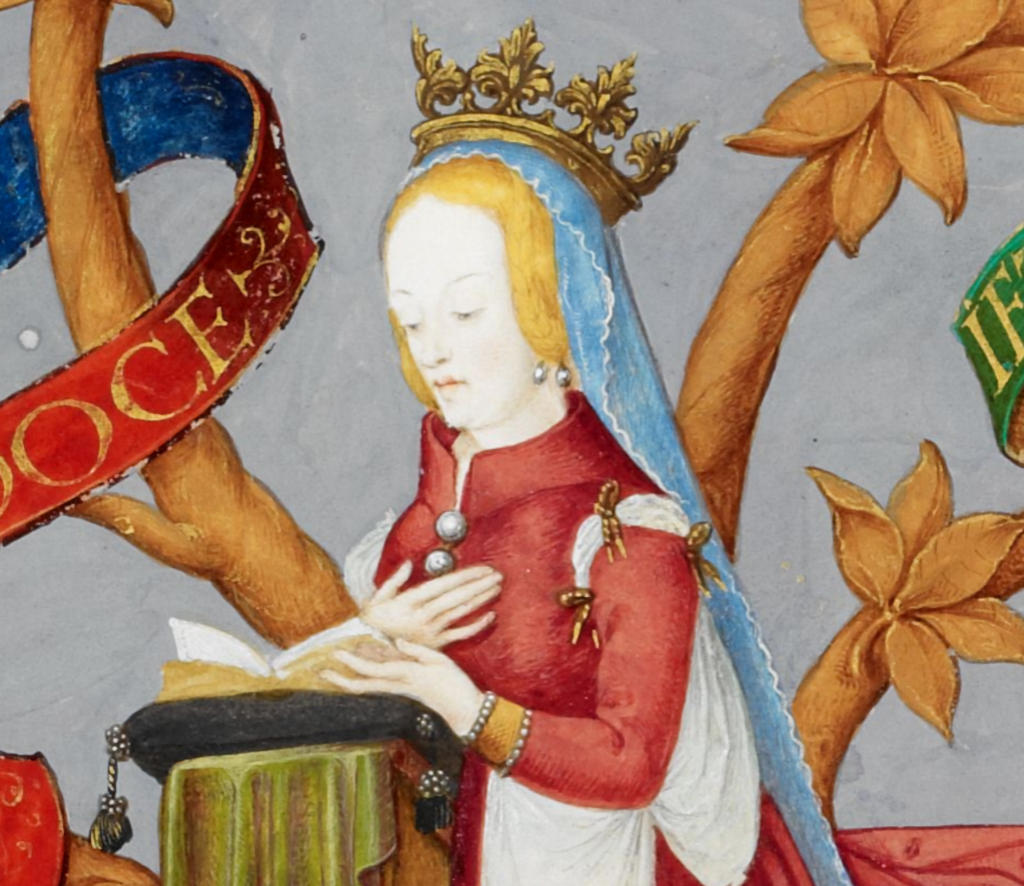Her marriage to King Sancho I in 1174 was not only a union of hearts but also a strategic alliance to strengthen Portugal and contain the expansionism of neighboring Castile and León. This article delves into the life and contributions of Queen Dulce, highlighting her role as a devoted wife, a loving mother, and a significant figure in Portuguese history.
Little is known about Dulce's life prior to her arrival in Portugal or the specifics of her wedding tokens. However, historical accounts describe her as a beautiful and excellent lady, characterized by her quiet and modest personality, which coincided perfectly with her name. Dulce's marriage to Infante Sancho, the son of Afonso Henriques, the first king of Portugal, was celebrated when she was just eleven years old. This marital union not only solidified the bond between Aragon and Portugal but also compensated for the broken engagement of her husband's sister, Infanta Mafalda, with Dulce's brother, the future King Alfonso II of Aragon.
With the death of King Afonso Henriques in 1185, Sancho I ascended the throne, and Dulce became Queen consort of Portugal. Her role extended beyond ceremonial duties, as she actively supported her husband's reign and contributed to the stability and growth of the kingdom. In King Sancho I's first will, executed in 1188, he granted Dulce various lands and incomes, including Alenquer, lands along the Vouga River, Santa Maria da Feira, and Oporto. These provisions not only ensured her financial independence but also demonstrated the trust and respect King Sancho I had for his beloved queen.
Queen Dulce's most cherished role was that of a mother. From her marriage to King Sancho I, eleven children were born, eight of whom survived to adulthood. Each child played a crucial part in shaping the future of Portugal, and their achievements left a lasting impact on the kingdom. Among Dulce's children, notable figures included Theresa, who became the wife of King Alfonso IX of León and was later beatified, and Sancha, who founded the Monastery of Celas near Coimbra. Both Theresa and Sancha were beatified by Pope Clement XI in 1705. Dulce's son, Afonso, succeeded his father as the third king of Portugal, further solidifying the legacy of the royal family.
Queen Dulce's life was marked by devotion to her family and dedication to her responsibilities. Sadly, she did not live long after the birth of her last two daughters, Branca and Berengaria, who were likely twins. Dulce passed away in 1198, possibly succumbing to the plague and weakened by the successive childbirths she endured. Her final resting place is the Monastery of Santa Cruz in Coimbra, where she was laid to rest with honor and reverence.
The legacy of Queen Dulce lives on through her descendants and the significant contributions made by her children. Their achievements in politics, religion, and society shaped the course of Portuguese history. As a devoted consort and mother, Dulce played an integral role in the establishment and development of Portugal, leaving behind a lasting legacy that continues to inspire and captivate generations. Queen Dulce's unwavering commitment to her family, her kingdom, and her name remains an important chapter in the annals of Portuguese history.



